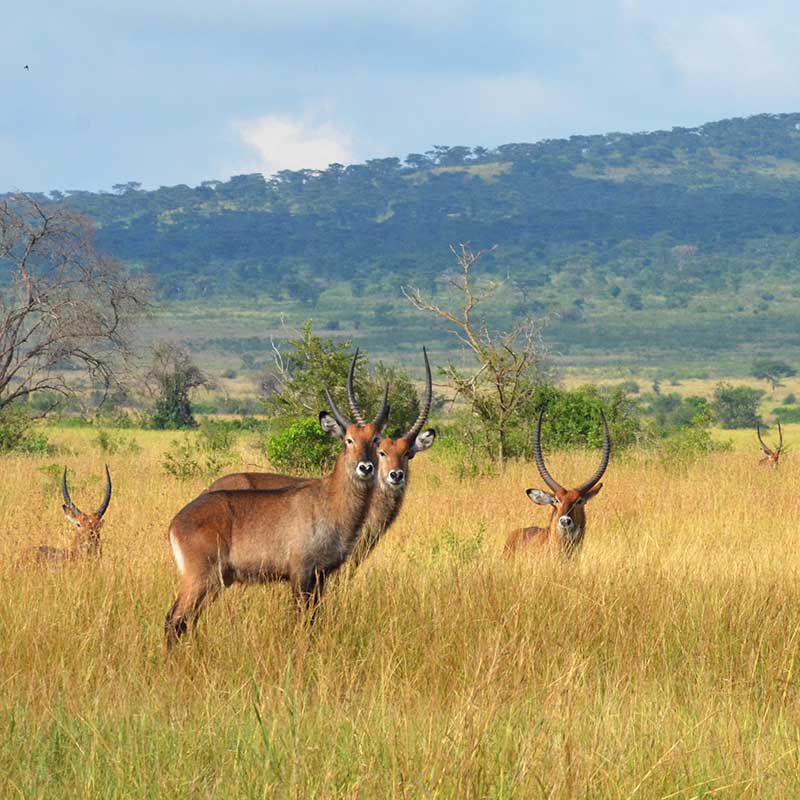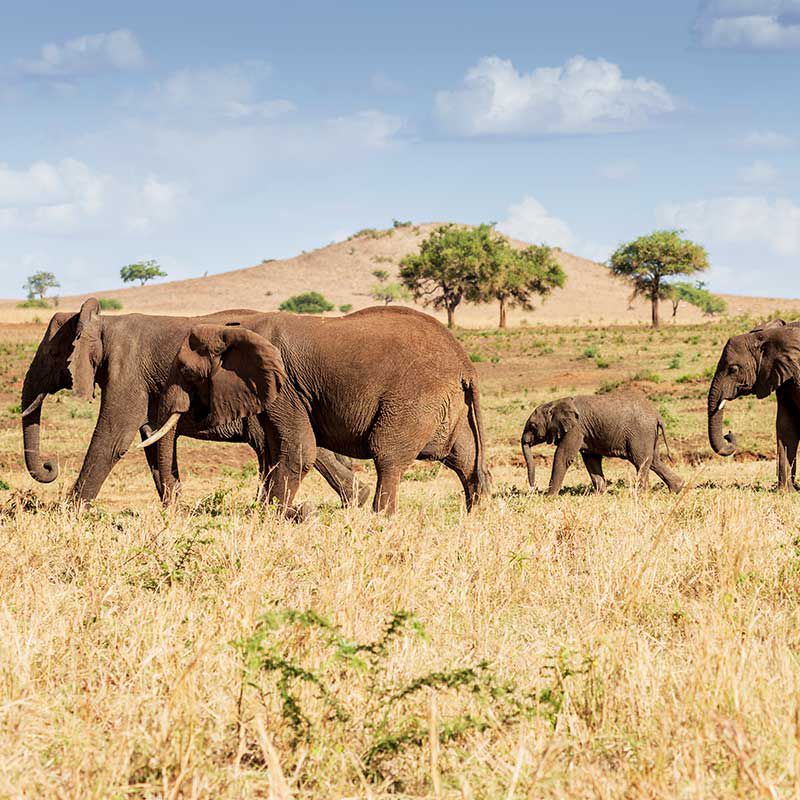Why Choose Us?
Ishango is the name of a substation in Virunga Park, in DRC.
In 1959 George Schaller travelled to Virunga and was stationed at Ishango for 2 years studying the mountain gorillas. Little was known about the life of gorillas in the wild until the publication of The Mountain Gorilla: Ecology and Behavior in 1963, that first conveyed to the general public just how profoundly intelligent and gentle gorillas really are, contrary to then-common beliefs. Schaller also, in 1964, recounted this epic two-year study in The Year of the Gorilla, which also provides a broader historical perspective on the efforts to save one of humankind’s nearest relatives from the brink of extinction.
“No one who looks into a gorilla’s eyes – intelligent, gentle, vulnerable – can remain unchanged, for the gap between ape and human vanishes; we know that the gorilla still lives within us. Do gorillas also recognize this ancient connection?”
Come with us and throughout the entire trip our enthusiastic guides will be helping you paint the context around everything you see, in the same time letting you experience the sense of wonder that anyone feels around these primates.
We chose the Ishango name because it represents so well what we stand for. Ishango is the ultimate proof that ancient African civilizations lived here thousands of years ago in perfect harmony with nature and we’re happy to roam the rainforests that haven’t since changed and are bearing testimony together with the mountain gorillas about that ancient connection.
Other quick facts about Ishango:
- It was referred to by George Schaller as the most beautiful place in the world for its stunning landscapes.
- As the source of the Semliki River, where the waters of Lake Edward begin to flow down the Albertine Rift into Lake Albert, Ishango is one of the sources of the Nile – our preferred accommodation in Semliki Game Reserve in Uganda lies on the shores of Semliki River.
- The Ishango Bone was discovered there in 1960. This fossilised baboon bone, which was dated at 18,000 BC, has clear markings suggested to be either tally marks, a series of prime numbers, or a lunar calendar.
- Ishango is home to the last significant population of hippos on Lake Edward, a lake which formerly held the biggest hippo population in the world.


